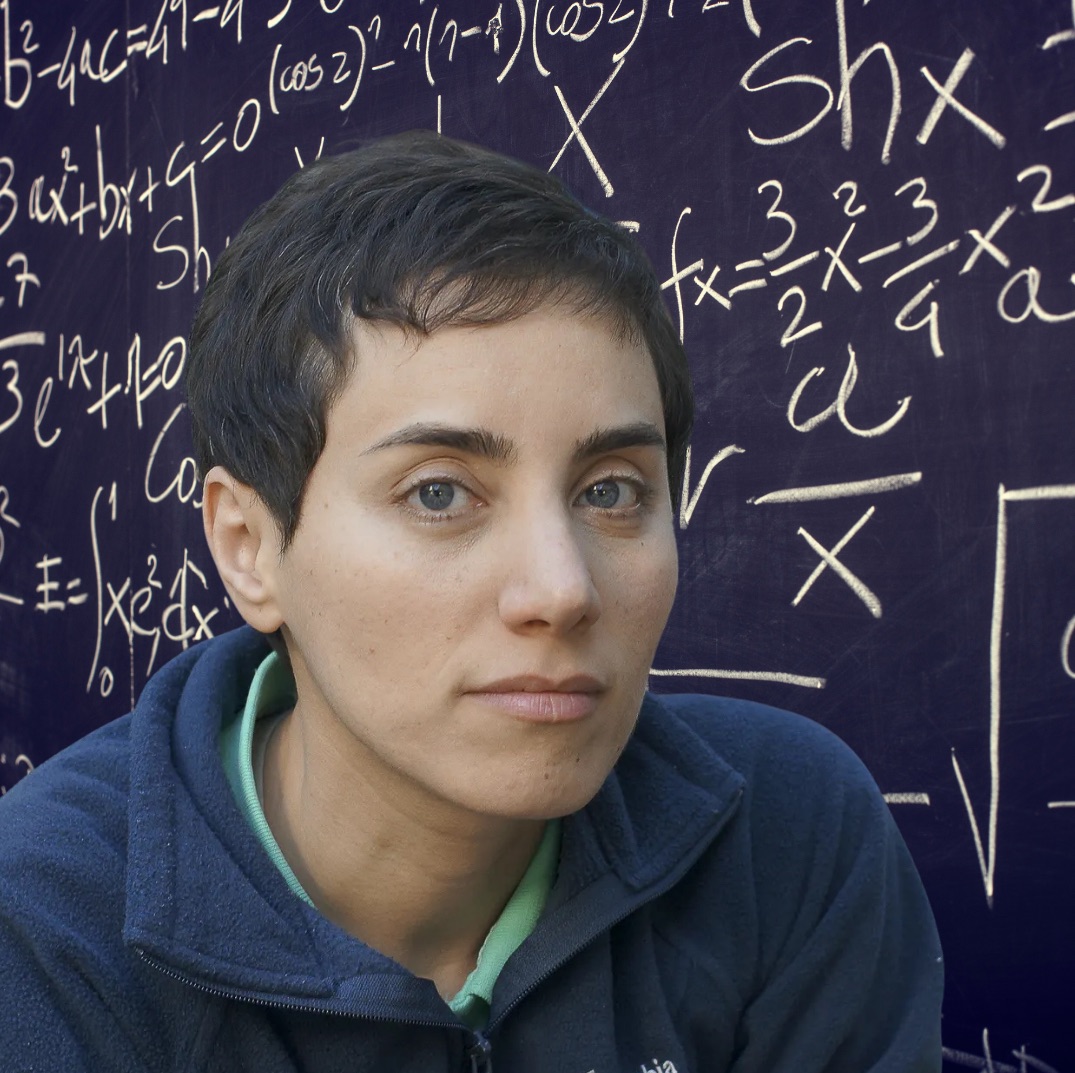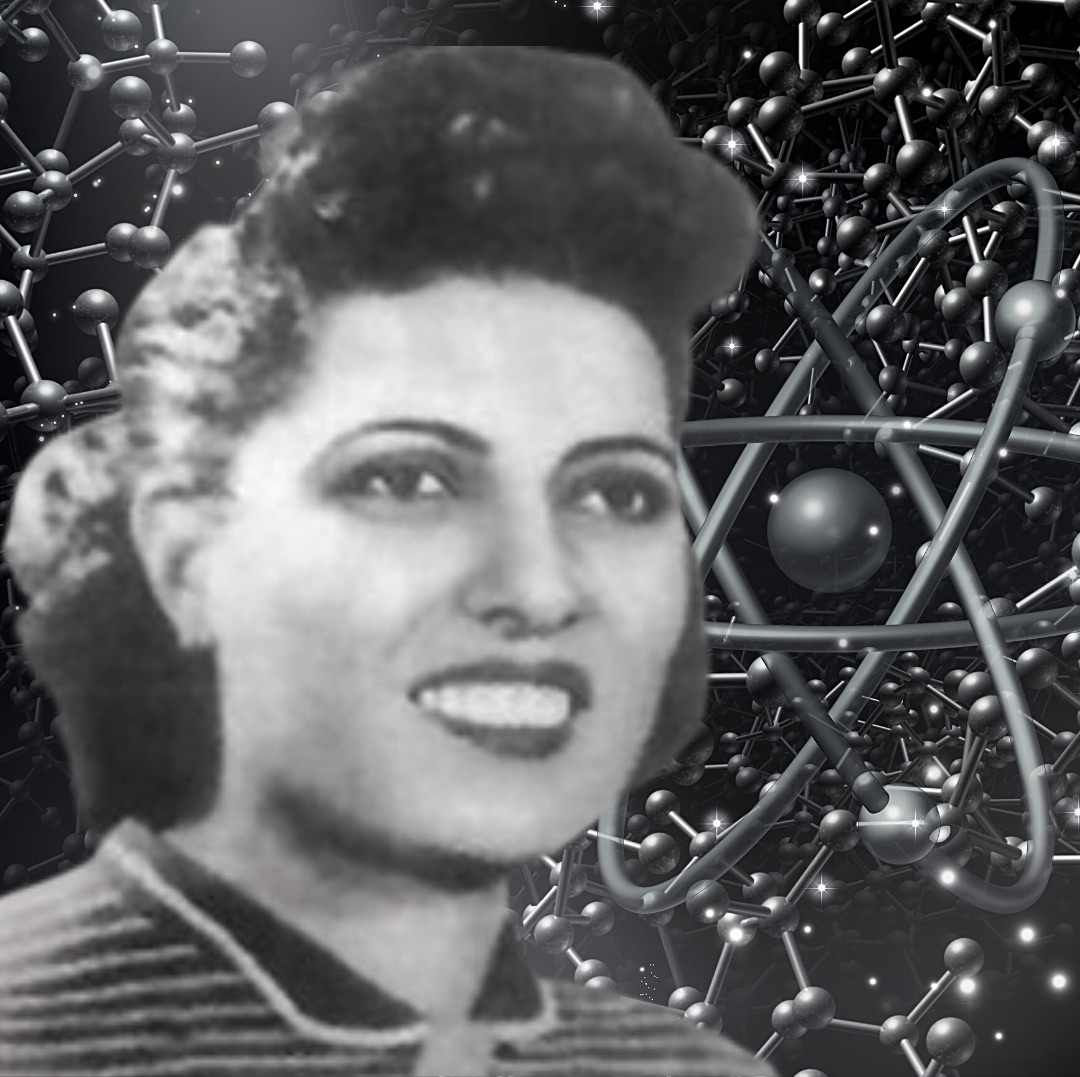
By Shaista Gohir (Co-Chair of MWNUK)
Today is international day of women and girls in science. The purpose of this day is to motivate more women and girls to take up STEM (science, technology, engineering and maths) subjects so they are equally represented in STEM occupations. Why is it important? If less girls choose stem subjects at school, a very low percentage of women will then end up STEM careers, meaning that women are missing out on higher paid jobs. Some analysis has been conducted on why less girls choose these subjects at school, ranging from biological explanations to social constructs. If we want to close the gender gap in in STEM occupations, we need to create the pipeline now. To do that girls need to be exposed to the range of careers that can be taken up after studying STEM, including potential earnings with comparisons with other professions. They also need to be informed about role models, both past and present. Women in science is not something new even for Muslim women but their stories are often not told. Here are a couple Muslim women science geniuses that you may not know about but it’s important they are not forgotten because they show Muslim girls can end up being leaders in their field.
Maryam Mirzakhani
Professor of Mathematics
(1977- 2017: Iran / US)

When Maryam Mirzakhani was awarded the prestigious International Mathematical Union’s Fields medal in 2014, she became the first woman and Muslim to receive the prize in its then 80-year history. The award is only given every four years and is also known as the ‘Nobel Prize of mathematics.’ She was given the award for her work on the symmetry of curved surfaces. Maryam was born and brought up in Iran, graduated from Tehran's Sharif University of Technology and then went on to earn a doctorate at Harvard University in 2004. When Maryam won the medal, she was only 37 years old and was also a professor at Stanford University. Sadly, Maryam died of breast cancer three years later in 2017. Despite being ground-breaking and reaching the pinnacle in her field, most of the Muslim world seem to be unaware of her work. However, when her death was covered in Iran, some newspapers broke with convention and showed images of Maryam without her hair covered (by the hijab), signifying how highly they regarded her achievements.
Sameera Moussa
Nuclear Physicist
(1917-1952: Egypt)

Sameera Moussa was an influential figure in the history of nuclear science and physics. She dedicated her research to trying to make nuclear treatment for cancer as ‘cheap as buying an aspirin,’ so it was available to all. Sameera’s contribution to physics were significant. She came up with the historic equation that would break the atoms of cheap metals such as copper, a discovery that would help in making the medical applications of nuclear technology, such as X-rays, cheaper.
Sameera’s work was recognised as she was awarded the prestigious and competitive Fulbright scholarship, which provided her with the opportunity to travel to the United States and study in California. She was also surprisingly given permission to visit top secret US atomic facilities, becoming the first non-US person to ever do so at that time. Sameera turned down offers of an American citizenship and to live in the US and planned to return to Egypt. However, before she could do that, Sameera died in a car accident; her car plummeted from a height. Although no one knows exactly what happened at the time, some people suspected it may have been an assassination to prevent Egypt from acquiring knowledge of nuclear technology.
Join Our Movement
Raise your voice and get connected

 1
1